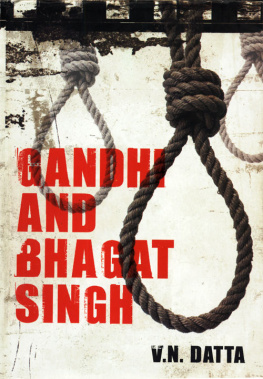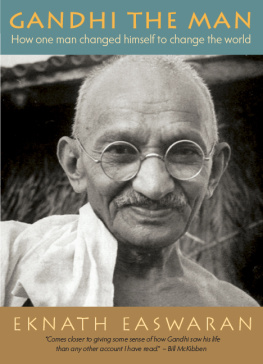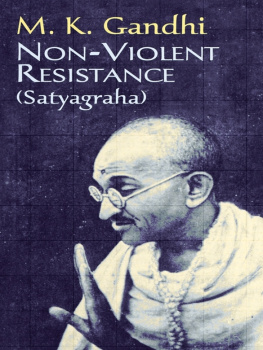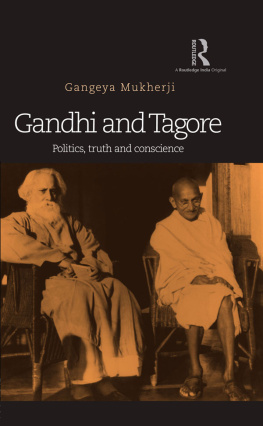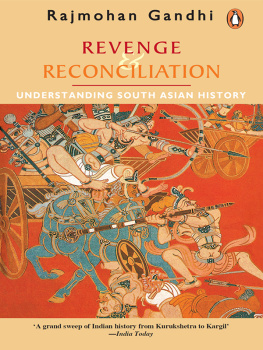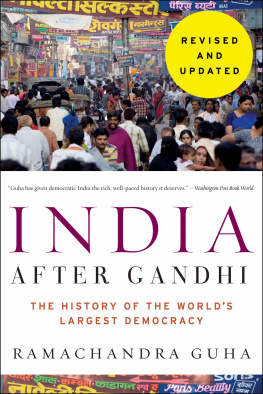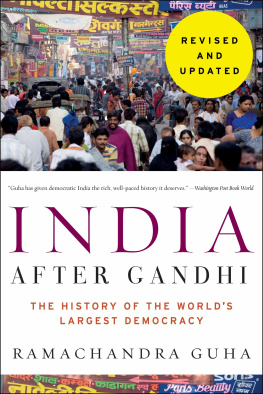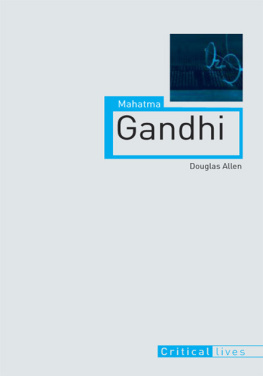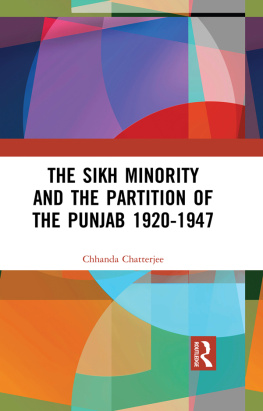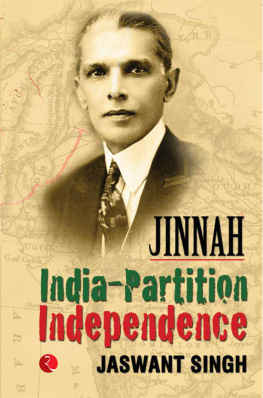Currently, he is a professor with the Centre for Policy Research, New Delhi.
Preface
THOUGH I HAVE written biographies of influential figures in modern South Asia and taught modern Indian history for short terms, I do not see myself as a professional historian. If I have nonetheless ventured into the domain of historians, it is because the South Asian violence around me has impelled me to search for its historical roots. I have been driven, too, to search for reasons in history that have restrained feuding in the past and the present, for around me I have often also felt the magnanimity of accommodating or forgiving South Asians.
These urges to look for the springs of revenge and reconciliation were joined in my mind by other related questions about our past. For instance, does the Gita prescribe war? Does the Mahabharata constitute, as tradition holds, a Dharmashastra, a science of righteousness? Why did Buddhism and Jainism meet with comparative failure in India? If there are central impulses in Indian history, what are they?
What are the historical truths about castes and relations among them? What does history say about Hindus, Muslims and Sikhs and relations among them? About the impact, positive and negative, of British rule? About the impact of Gandhi? Of Nehru and Indira? Of Jinnah, Bhutto, Mujib, Pakistans Zia and the Zia of Bangladesh, the Bandaranaikes and their rivals in Sri Lanka? Of the militants in the Punjab, Kashmir and the Northeast (Indias and Sri Lankas)? Again, why were South Asians seemingly lukewarm about the fiftieth year of independence?
Each question of this son could warrant a separate book, if not more than one, but there was also a case, it seemed to me, for a simpler and a bolder study, one that would roam the large forest of Indian and South Asian history, including some of its trickiest branches, but armed with a compass of Revenge and Reconciliation.
I wanted to test a hypothesis that such a compass might contribute a little to an understanding of Indias (and South Asias) famed complexities-Anything said about India is true, and so is its opposite-and of Indias historical conflicts.
In opting against a narrower and possibly over-prudent focus, I was also influenced by the need, at the end of our century, for a broad appraisal of South Asias past and present, to supplement, God willing, what is being gained from close studies of fragments.
If the approach chosen has restricted the attention given to some of the issues listed above, it has also perhaps revealed a few of them in fresh colours. I would like to think that this study offers some new insights, but it does not unearth new facts. It seeks to read known facts of South Asian history-episodes, beliefs, myths-in a different light, and from an underused angle.
This was not conceived as a feel-good book, though it contains items that will lend pride. I realize that its reading of some of our historys wellsprings may in places cause disappointment or even pain, a possibility that distresses me. I console myself with the thought that frankness is indispensable at the ending of a millennium.
*
As was the case with The Good Boatman: A Portrait of Gandhi (Viking 1995), this study is the outcome of a project of the Centre for Policy Research (CPR), New Delhi, with which I have been associated from the summer of 1992. I can never be grateful enough for CPRs facilities, opportunities and atmosphere. To CPRs President, Dr V. A. Pai Panandiker, I owe a large debt of gratitude; discussions over the last seven years with him and other scholars on the CPR Faculty, on the themes of this study and on other topics, have been of considerable profit to me.
The views expressed in this study are, however, mine, and not necessarily CPRs. I would also like to express my warm gratitude to Frederich Naumann Stiftung, New Delhi, which made a generous contribution to CPR towards this project.
Engaged by CPR to assist me with research, Rakesh Chaubey plied me with reams of material and also with valuable leads. His labours have been of considerable help in the creation of this book.
As always, my wife Usha has shared in this effort with research, faith and encouragement.
My biggest debts, however, are to the large number of authors, ancient and modern, living and dead, Indian and non-Indian, referred to in the text, who took me closer to South Asias story, or to ideas that helped illumine that story. Their pages frequently instructed or moved me; their research supplied the bulk of this books substance. If the pile I have made is ungainly or unstable, the stones borrowed from others cannot be to blame. But theirs is the credit if the pile says something. I merely put the stones on top of one another, as a boy playing pitthoo might.

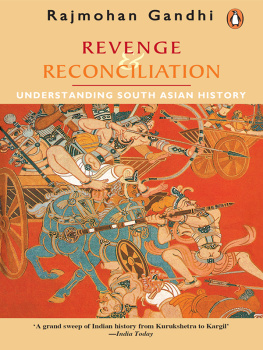
![Gandhi - Gandhi: [the true man behind modern India]](/uploads/posts/book/175484/thumbs/gandhi-gandhi-the-true-man-behind-modern-india.jpg)
